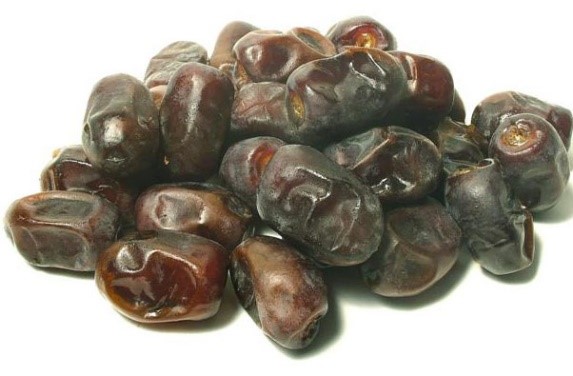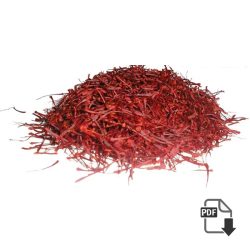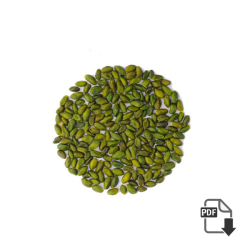Updated 2024
Pistachio history: The original homelands of the pistachio were Asia Minor (now Turkey), Iran, Syria, Lebanon, and a bit north to the Caucasus in southern Russia and Afghanistan.
Please for more information or any inquiry click here ……
—! Pistachio history !—
Archeologists have found evidence in a dig site at Jerome, near northeastern Iraq, that pistachio nuts were a common food as early as 6750 BCE. Then, these nuts fell into obscurity for unknown reasons until 2000 BCE when the Near East sprouted in population and less common foods such as pistachios were rediscovered and even cultivated. The hanging gardens of Babylon were said to have contained pistachio trees during the reign of King Merodach-balagan about 700 BCE.
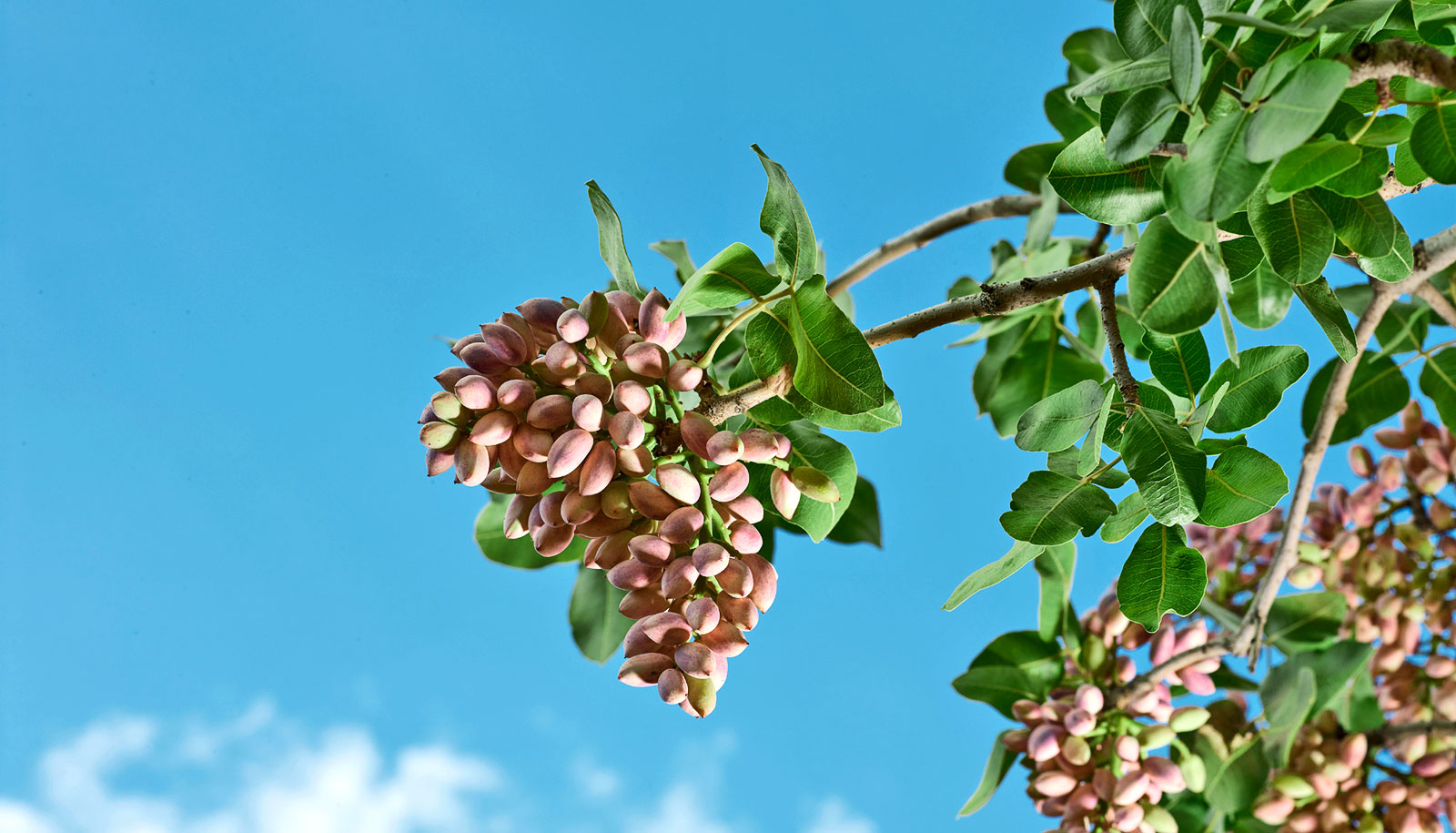
Along with almonds, pistachios enjoy a rare mention in the Old Testament as the only two nuts found in the bible. “So their father, Jacob, finally said to them, ‘If it must be, then do this: put some of the best products of the land in your bags and take them down to the man as gifts–a little balm, a little honey, some spices and myrrh, some pistachio nuts and almonds In the rocky hills of Palestine and Lebanon, pistachio trees grew wild, their treasured fruits picked and eaten raw or brought home and fried with salt and pepper. Not much went to waste in ancient times. Even the oil from the pistachio was pressed and used for cooking as well as for flavoring desserts.
The delightful green nutmeats had prominence in tasty, historical desserts such as Baklava, Nougat, and Turkish Delight where they served as a major ingredient. In biblical times chopped pistachios were added to fruit compotes, puddings, and stuffings, while the nuts in their ground-up form added body and flavor to many savory sauces. Today, pistachios are a familiar American snack, while in Iranian cooking; the nuts are often added to rice dishes, raisins or currants, herbs, and saffron.
https://www.irandriedfruit.com/iran-pistachio/
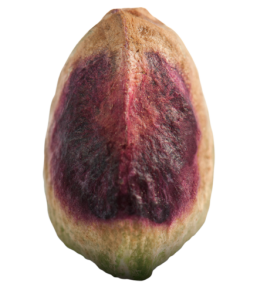
In the first century AD, the pistachio debuted in Rome via the Emperor Vitally. Apices, Rome’s Julia Child of the period, mentions pistachios in his classical cookbook but denies us any of the recipes in which he includes them. The nuts traveled from Syria to Italy in the first century AD and spread throughout the Mediterranean from there.
The Persians used the pistachio abundantly, not only for desserts but also in ground-up form to thicken and enhance sauces. The Arabs learned a few culinary secrets from the Persians and included pistachios in their dessert delicacies such as Baklava, a rich treat made from buttered file dough alternately layered with nuts and bathed in sweet syrup after baking. Pistachios were willing travelers and held up well on distant journeys, trekking from Persia to China via the Silk Route.
When the Arabs settled in the southern part of Spain, known as Andalusia, and in Sicily during medieval times, they introduced many foods from their native lands. Because pistachios were one of the foods the Arabs longed for, they transported either seeds or pistachio trees to these regions.
The pistachios grown in Italy took on a very deep green color, were highly prized, and brought the best prices.
By the time pistachios were imported into Europe regularly during the Middle Ages, they were quite expensive and not everyone could afford them. However, despite their high cost, merchants of France had an ample supply for anyone willing to splurge on the green wonders. During the 16th century pistachios arrived in England where they were not a raging gastronomic success.
https://www.irandriedfruit.com/iran-pistachio/
California encountered the pistachio in 1854 when Charles Mason, a seed distributor for experimental plantings, brought the pistachio to this country. Several years later, in 1875, a few small pistachio trees imported from France were planted in Sonoma, California. In the early 1900 Chico, California, became the home of the first experimental Plant Production Station. Funded by the USDA, this station brought in a variety of pistachio trees.
By the late1970s the San Joaquin Valley in central California became a burgeoning area for the commercial production of pistachios.
Today, California produces about 80 million pounds of pistachios a year, a number that is expected to rise with their steadily growing popularity. Other large producers of pistachios today are Iran and Turkey. Syria, India, Greece, and Pakistan also grow pistachios but on a smaller scale.
The pistachio tree contributes more than its nuts to society. The tree oozes a resin, called terabit, which is collected and used in the making of turpentine.
Wood from the tree is attractive, hardwood, dark red, and valued in cabinet making.
Please for more information or any inquiry click here ……
All Type Of Pistachios
-
Round Pistachio | Fandoghi Pistachio Special price + analysis + sale offer
Round Iranian Fandoghi Pistachio High Quality Only for Export : This type of Pistachio is the least expensive type among all the pistachios. The reason why its price is lower than other types is because of its shape and high…
-
iranian Ahmad Aghaei Pistachio Special price + analysis + sale offer
Ahmad Aghaei Pistachio ( Long iranian Pistachios ) : This type of Pistachio (Long Ahmad Aghaei Pistachio) is one of the popular types. The reason why it is popular than the other type of pistachio is that it has the…
-
Iranian Jumbo Pistachio | Kale Ghuchi Pistachio Special price + analysis
This type of Pistachio is the most delicious type among all the pistachios. The reason why it is tastier than the others is it is fattier. The color of the Jumbo Pistachio shell is naturally light cream. As it is…
-
pistachio kernel Special wholesale price + analysis + sale offer
Producers make Pistachio Kernel from all types of Pistachios. A quality factor for kernels is their sizes. The more the color of the kernel`s second skin is violet and sharp the more it is popular among users. Higher the level…
-
Green Pistachio Kernel ( GPPK ) Special wholesale price + analysis
Producers make Pistachio Kernel from all types of Pistachios. A quality factor for kernels is their sizes. The more the color of the kernel`s second skin is violet and sharp the more it is popular among users. Higher the level…

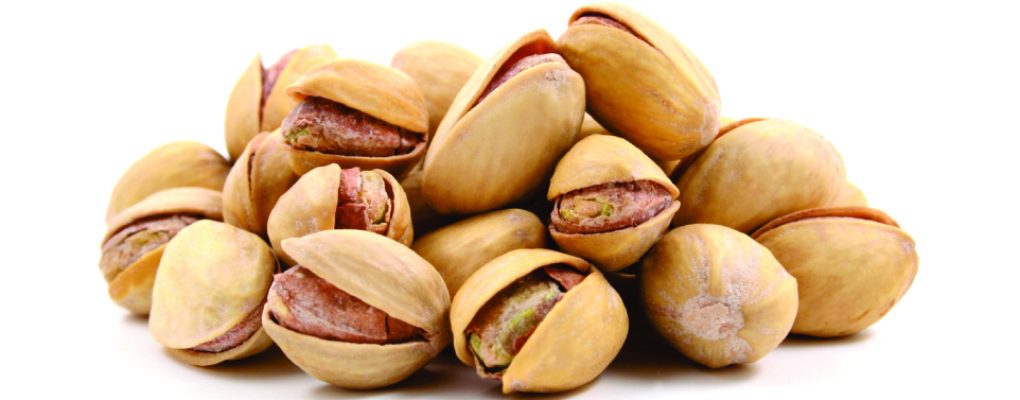
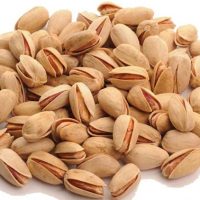
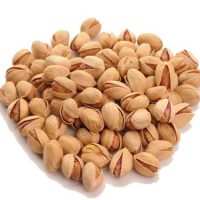
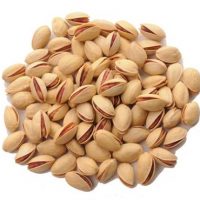
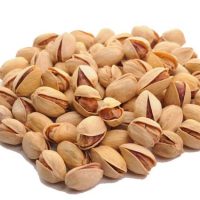
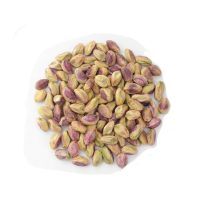
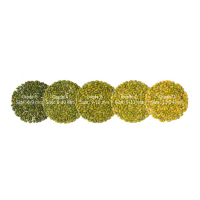
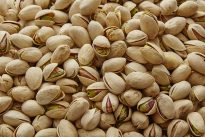
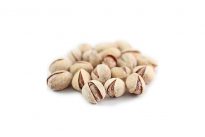
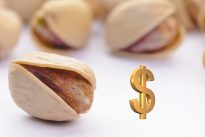
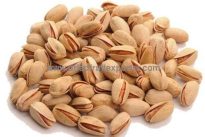
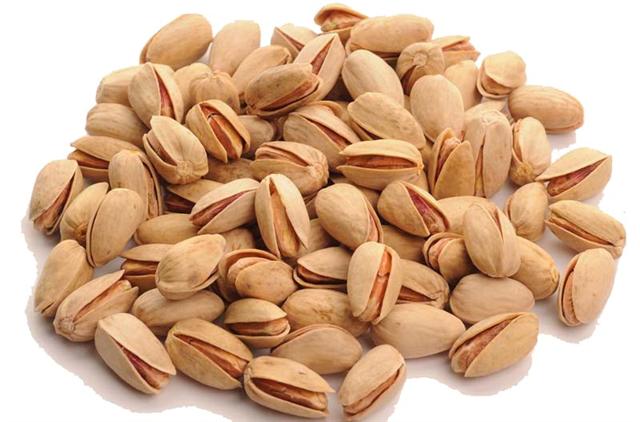
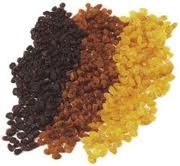 3 kind raisin
3 kind raisin 